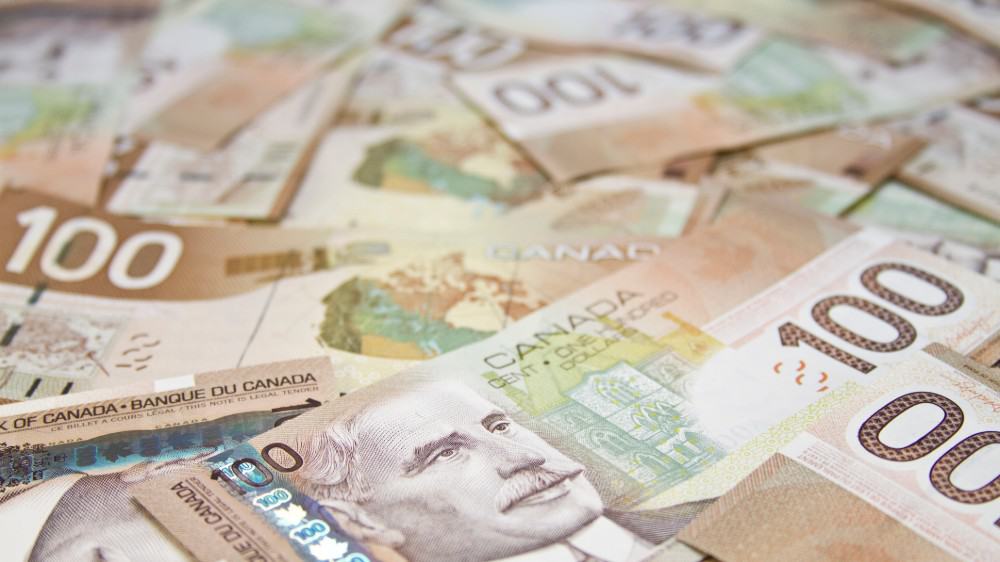Attention Canadians! There is a lot of work to do in September. If you depend on the $2,000 Canada Emergency Response Benefit (CERB) for your living expense, this is your last claim. The government is ending the benefit in September, and as a bonus has extended the maximum limit to $14,000 from $12,000. From October, Service Canada will transfer you to the Employment Insurance (EI) program if you have applied for the benefit before and are still out of work.
However, your EI won’t be the same. Nothing will change for those who are already earning the maximum benefit. But if you are earning a low to medium benefit, you are up for a treat. Significant changes are coming to the EI program in October. The government is spending $7 billion on the new and improved EI to make it come closer to CERB. Service Canada will manage the new program.
You can claim EI if you have worked in insurable employment for at least 120 hours in the last 52 weeks and earned less than $54,200 annually. However, you have lost your job because of the pandemic.
How much can you get in EI payments?
Service Canada calculates EI amount as 55% of your average weekly earnings. For the first time, the government has introduced a minimum benefit amount of $400 per week in the EI program. Irrespective of what you earn, you will get at least $400 a week as benefit payment until you find a job that pays you 90% of what you used to earn or 26 weeks, whichever ends first.
I will explain it with two examples:
Jim worked for an airline, which offered EI, for 120 hours and earned $2,500 per month. However, he was fired in April as the company downsized due to the COVID-19 pandemic. As per the calculation, his EI payment comes in at $344. But thanks to the upcoming changes, he can claim $400 a week ($1,600 a month) for 26 weeks. He can get a maximum of $10,400 in EI benefit. If he is still jobless after 26 weeks, his EI will end.
Michael had been working in a retail company for over six months (1,020 insured working hours) and earned $4,300 a month. He lost his job in July because of the pandemic. The current unemployment rate in his area is 13%. He can claim $573 a week ($2,292 a month) in EI for 32 weeks. In the 20th week of his EI, he gets a job that pays him $3,000 a month. His EI will gradually reduce until he earns $3,870 a month (90% of $4,300) or till 32nd week, whichever is earlier.
How much will your EI premium be?
EI is insurance provided by your employer. You and your employer pay a premium every month, and you claim the benefit at a future date. Generally, when claims increase, premium increases.
The government will transit four million CERB users to the new and improved EI. To protect Canadians from the rising cost of the premium, it will freeze the EI premium for two years at $1.58 per $100 for employees and $2.21 per $100 for employers.
Build a personal EI
Just as you contribute to Employment Insurance through premium, you can contribute $400 a month for the next 10 years in a growth stock. Descartes Systems (TSX:DSG)(NASDAQ:DSGX) can give you a 20% average annual returns and grow your benefits pool to more than $150,000 in 10 years.
The company provides supply chain management solutions, a business that is resilient to an economic downturn. Descartes is among the leading players in this segment and is operating at an adjusted EBITDA of 37.6%. The company has been growing revenue at a CAGR of 12% in the last five years. It is a low-risk growth stock with strong fundamentals.
Investor corner
Create your benefits pool in your Tax-Free Savings Account (TFSA) to avoid paying taxes on personal EI. Once you have a good amount like $150,000 in your TFSA, you can shift this amount to a good dividend stock with a 6% dividend yield. This way, you can enjoy a tax-free personal EI of $750 a month for decades.









